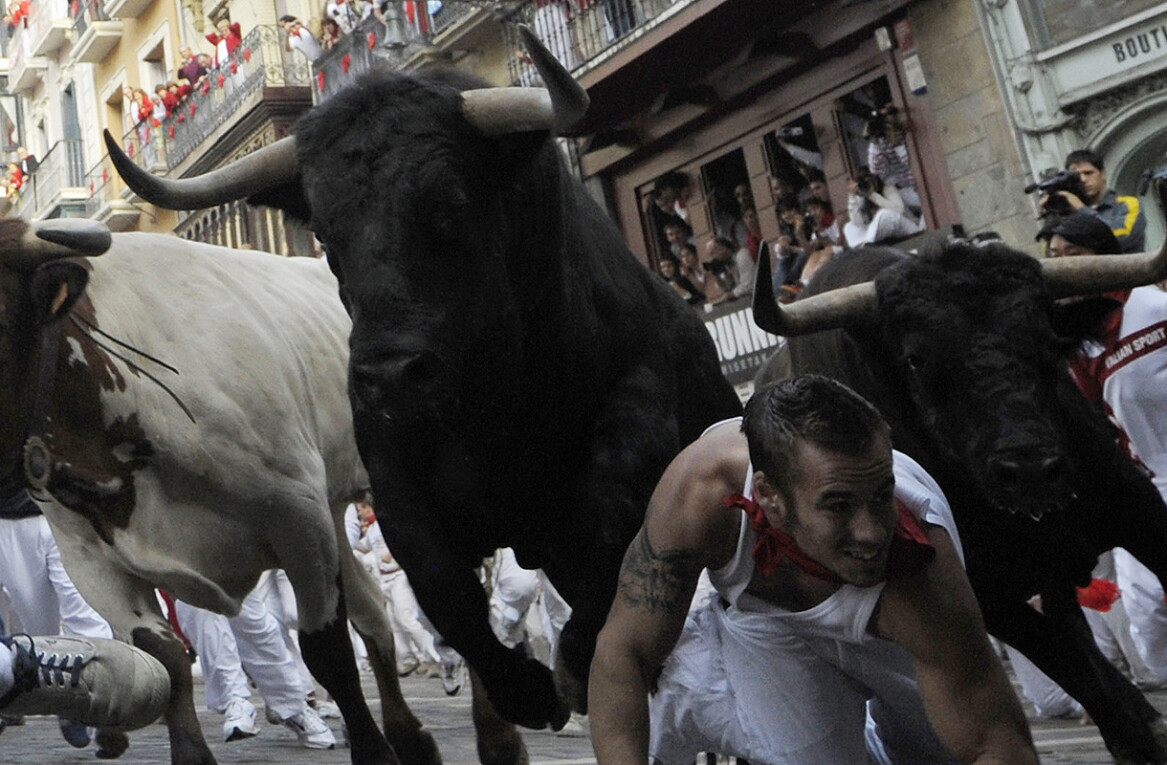
Relevance ranking in the social media age.
 By Michael Lee, CEO of Thoora
By Michael Lee, CEO of Thoora
Did you know that there are currently over 133,000,000 Blogs?
Its a big number. Now add to that traditional media and journalism sources, and the endless stream of content on Twitter and it is hard not to notice that the media landscape has changed and continues to evolve. Good or bad, this is a reality that makes online search in this space quite important as demand and expectation of news delivery migrates more to an online model. It also makes it apparent that the need for proper filtering and search of media has never been so critical.
 At Thoora.com, we believe the key to delivering relevancy in media search comes down to two aspects: aggregation and ranking algorithms.
At Thoora.com, we believe the key to delivering relevancy in media search comes down to two aspects: aggregation and ranking algorithms.
First, aggregation. Most people have chosen to solve the information overload by visiting a handful of preferred sites, be it a newspaper’s website or a blogging site that hand-selects a few chosen bloggers and posts each day. While this approach certainly addresses the problem of content overload, it also limits exposure to new voices and viewpoints. In some cases, content on these sites are selected by a small group of editors and readers would need to visit multiple websites to see the full dimension of an individual story.
Aggregation and clustering of stories across social and traditional media is key. People want to see a fact-checked article from the AP, a well-researched piece from the Los Angeles Times, a brilliant and insightful post from a blogger, and maybe even the latest real-time reactions from Twitter. In other words, people are looking for the complete picture to each story without having to visit multiple places to watch the story develop.
When we’re talking about a large pool of content, with the goal of giving each voice an equal opportunity to be heard, ranking is critical. Cutting-edge filtering and ranking algorithms can completely automate the process, so there’s no human bias or editorial selection involved. Additionally, these algorithms can factor in the ‘wisdom of crowds’, by considering people (and all of us, not just a select few).
For example, algorithms should look at the activity (or ‘signals’) surrounding each story which articles and posts are generating the most comments, the most tweets, the most sharing and forwarding. These are the hot stories of the day and should appear up top in the rankings. Some search engines are starting to look at votes and links from social bookmarking sites, and while voting and like/dislike are certainly good ways to incorporate the human element into determining relevancy and value; unfortunately we know that voting can often be swayed by successful PR efforts.
At Thoora, we remove the risk of human bias by looking at implicit actions, as opposed to votes or link analysis. We incorporate people’s every day actions — such as comments, tweets, and forwards — into our ranking algorithm to determine which stories are generating the most buzz with minimal distortion.
People can use Thoora to discover the day’s biggest stories by browsing the top ranked stories in key categories (i.e. business, entertainment, sports, lifestyle…) or mine the hidden parts of the blogosphere and news with specific searches. We have indexed more than 100 million blogs and collect content from 720,000 blog posts and articles from 4,500 traditional media sources each day. Our content is Algorithmically Curated and our technology is completely automated, we don’t play favorites. For in the end, just as new voices appear on the web each day, technology will need to continually evolve in order to make sure these voices can be heard, without bias, and without making a too large demand on the reader’s time.
 *Technology may continue to evolve, but will we? – editor
*Technology may continue to evolve, but will we? – editor
Sharing Your Bra Color Is the New 25 Things on Facebook
Facebook is quite the colorful place today. An odd meme — bra color status updates — has made its way around the network, but no one really knows how or why the what-color-is-your-bra meme took off. In case you haven’t seen it, women are posting single word updates with the color of their bra.
Get the TNW newsletter
Get the most important tech news in your inbox each week.




